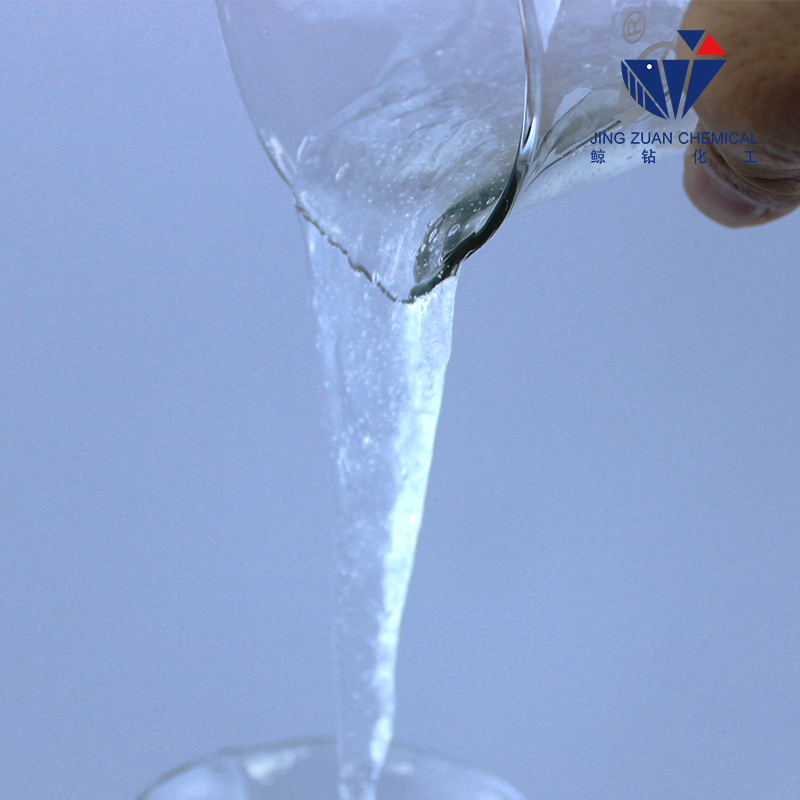
Dec . 05, 2024 23:27 Back to list
Exploring the Applications and Benefits of Hydroxypropyl Methylcellulose in Various Industries
The Versatility of Hydroxypropyl Methylcellulose in Various Industries
Hydroxypropyl Methylcellulose (HPMC) is a versatile cellulose derivative that has garnered significant attention across multiple industries due to its unique chemical properties and functionality. As a water-soluble polymer, HPMC is widely used in food, pharmaceuticals, cosmetics, construction, and more. This article delves into the various applications of HPMC, highlighting its importance and benefits in different sectors.
Understanding HPMC
HPMC is derived from cellulose, which is a natural polymer found in the cell walls of plants. The chemical modification of cellulose through hydroxypropyl and methyl groups results in a compound that retains the desirable properties of cellulose while enhancing its solubility in water and organic solvents. HPMC is typically available in various grades, each tailored to specific applications, which makes it extremely versatile.
Applications in the Food Industry
In the food sector, HPMC serves as a food additive that enhances texture, stability, and shelf-life. It is often used as a thickening agent, emulsifier, or stabilizer. For example, HPMC is found in gluten-free products where it mimics the elastic properties of gluten, improving dough consistency and product texture. Additionally, HPMC acts as a fat replacer, providing creaminess without the additional calories, making it ideal for low-fat and reduced-calorie foods.
Another important role of HPMC in the food industry is its use in controlled-release systems for flavors and nutrients. By encapsulating these components, HPMC can help release them gradually during consumption, enhancing flavor profiles while maintaining nutrition.
Pharmaceutical Applications
The pharmaceutical industry also benefits greatly from HPMC's properties. It is widely used as a binder in tablet formulations, where it aids in the compacting process. Moreover, its ability to form gels makes it an excellent choice for sustained-release drug delivery systems. HPMC can regulate the release rate of drugs, ensuring prolonged therapeutic effects and improved patient compliance.
HPMC is also employed in topical formulations such as creams and gels. Its ability to form a protective barrier while providing a smooth, spreadable texture makes it perfect for skin applications. In ophthalmic products, HPMC serves as a lubricant and stabilizer in eye drops, enhancing comfort and moisture retention for prolonged use.
hpmc hydroxypropyl methylcellulose

Cosmetic and Personal Care Industry
The cosmetic sector utilizes HPMC for its thickening and stabilizing properties. It is a common ingredient in shampoos, conditioners, lotions, and creams, where it helps to achieve desired viscosities and enhances product stability. HPMC’s film-forming ability is beneficial in creating long-lasting effects in cosmetic applications, such as in hair styling products and peel-off masks.
Furthermore, HPMC is often used in personal care products for its hypoallergenic nature, making it suitable for sensitive skin. Its capacity to retain moisture enhances skin hydration, providing additional benefits in skincare formulations.
Construction Industry
In the construction industry, HPMC is valued for its properties as a thickener and water-retaining agent in mortar and plaster. It improves workability and adhesion of construction materials while reducing water loss during the curing process. This results in stronger, more durable applications that withstand various environmental conditions.
HPMC is also used in the production of self-leveling compounds and wall putties. By enhancing the flow properties of these materials, HPMC ensures smoother finishes and improved application techniques, making it a critical component in modern construction.
Environmental Impact and Safety
One of the significant advantages of HPMC is its biodegradability. As a cellulose derivative, it is derived from renewable resources, aligning with the growing demand for sustainable and eco-friendly materials across industries. Furthermore, HPMC is generally recognized as safe (GRAS) by regulatory authorities when used in food and pharmaceutical applications, reinforcing its suitability for consumer use.
Conclusion
The diverse applications of Hydroxypropyl Methylcellulose reflect its significance in various industries. From enhancing food textures and stabilizing pharmaceutical formulations to contributing to cosmetic products and improving construction materials, HPMC stands out as a multifaceted compound. As industries continue to seek sustainable and effective solutions, HPMC will undoubtedly play a crucial role in addressing these challenges and advancing product formulations across the board. Its versatility not only meets the current demands of consumers but also paves the way for innovative applications in the future.
-
Versatile Hpmc Uses in Different Industries
NewsJun.19,2025
-
Redispersible Powder's Role in Enhancing Durability of Construction Products
NewsJun.19,2025
-
Hydroxyethyl Cellulose Applications Driving Green Industrial Processes
NewsJun.19,2025
-
Exploring Different Redispersible Polymer Powder
NewsJun.19,2025
-
Choosing the Right Mortar Bonding Agent
NewsJun.19,2025
-
Applications and Significance of China Hpmc in Modern Industries
NewsJun.19,2025







